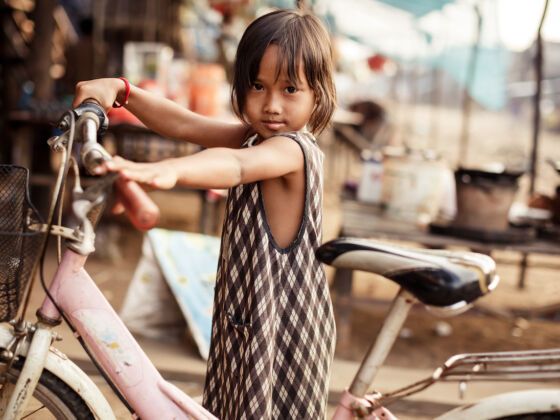Cambodia can be considered a traveler’s dream destination with ancient temples, a tropical climate, and a beautiful Buddhist culture. But less than forty years ago, more than a third of the Cambodian population was lost to violence, starvation, and torture under the Khmer Rouge regime. The country’s doctors, teachers, and educated citizens were all targeted in the genocide, which has made rebuilding the nation a slow and painful process.
These days, the Cambodian economy now depends heavily on tourism dollars to keep their economy moving forward, the relationship isn’t always a healthy one. Tourists’ sympathies are sometimes exploited, and tourist actions can have consequences they didn’t intend. If you’re a well-meaning tourist visiting the country, here are five ways your actions may be harming Cambodian children without you even knowing.
